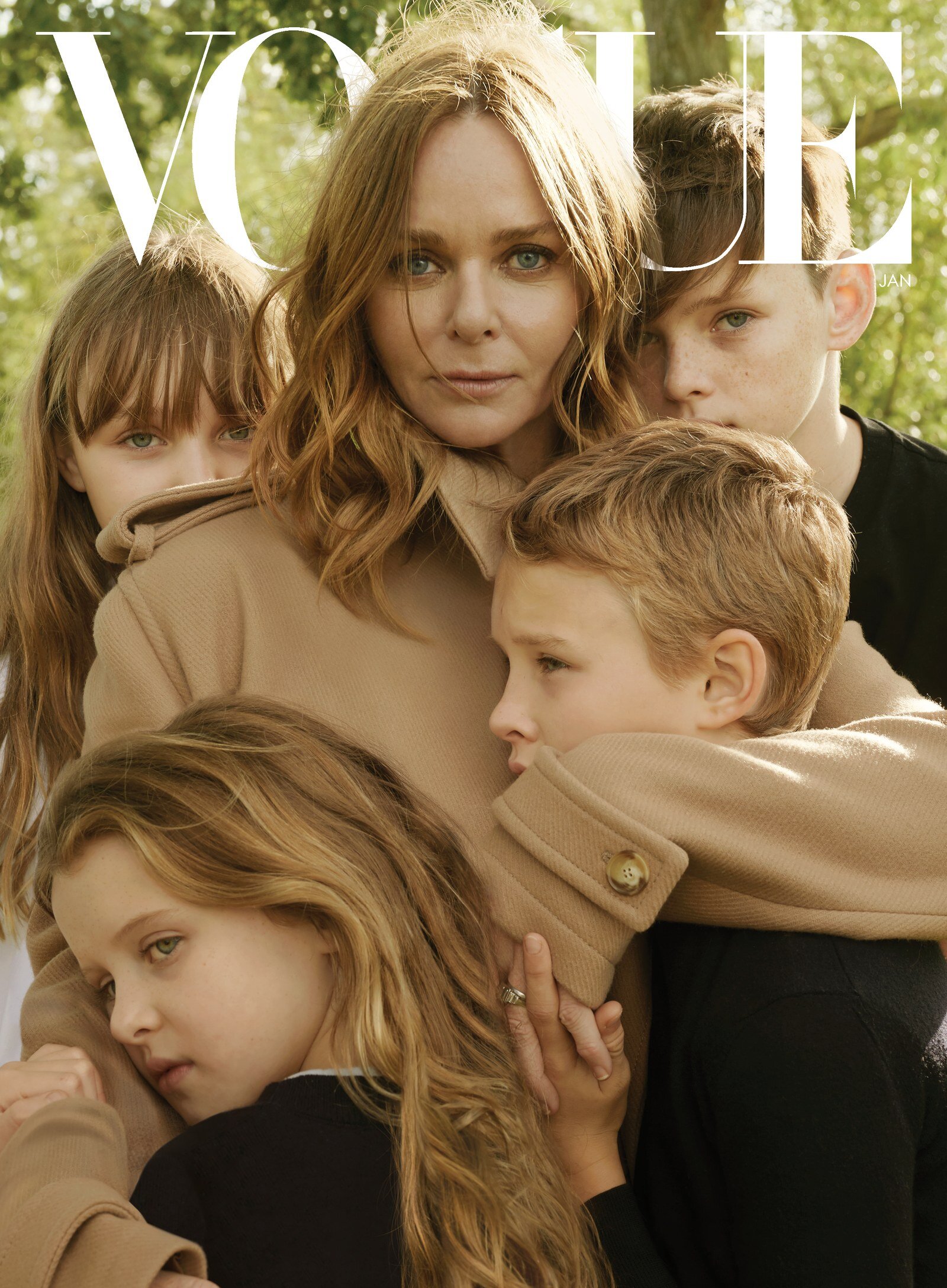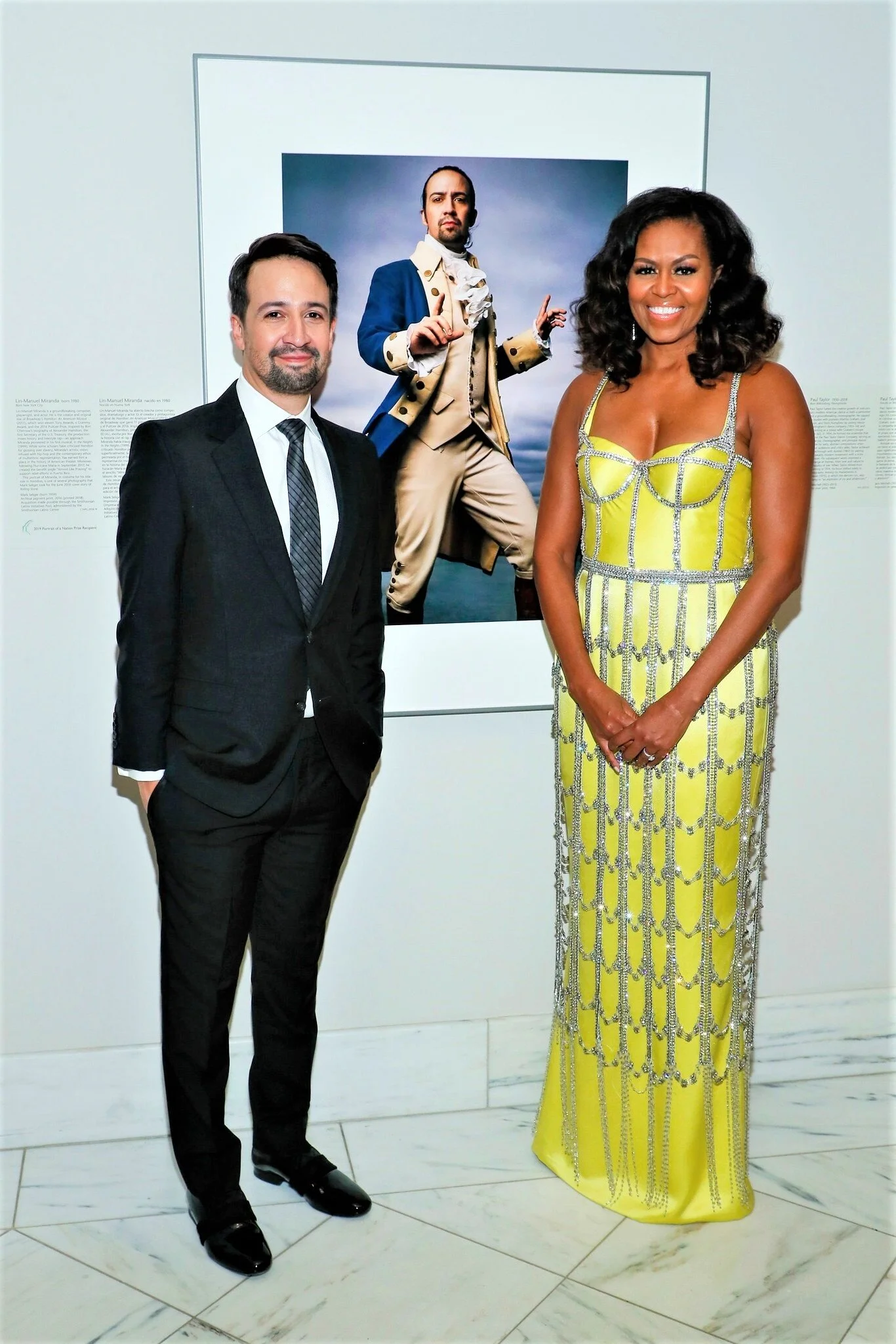MIT Updates Status of Women, New Gender Challenges
/The Women’s Independent Living Group (WILG) is one of the few all-women housing options at MIT. We’re an independent living group that houses about 45 residents. WILG was founded with the belief that a group of hard-working women can manage their own house, and we’ve been doing just that for over 30 years.The Massachusetts Institute of Technology has issued a new report on gender equity in the institution. Released yesterday, the survey reports enormous progress at MIT in tacking the pervasive gender discrimination that existed at one of America’s premier scientific institutions.
At the time the first report was written, MIT havd 197 men with tenure, compared to only 15 women.
The new report shows just how complex gender-driven change is, leaving the women scientists uneasy over the constant comments from men that the only reason they have their positions is because of the new emphasis on hiring women at MIT.
An array professional accolades and awards among female professors should provide a strong rebuttal to critics who argue that women simply lacked the aptitude for science — most infamously, Lawrence H. Summers, whose remarks set off his downfall as the president of Harvard.
Summers argued that the under-representation of women in the top levels of math and science in academia is due to a “different availability of aptitude at the high end.” This proclamation ended his tenure as Harvard’s president and many people believe he got a bum rap in a politically-incorrect spark that ignited female-centric gender-fury.
A Jan 2010 survey of 500,000 test results say that girls are equal to boys in math and science, although they do lack confidence in their abilities.
The MIT women are in the stage of gender balance redress that leaves them open to charges of lower standards in recruiting by the men.
No one is hired without what Marc A. Kastner, the dean of the School of Science, called “off-scale” recommendations from at least 15 scholars outside M.I.T, says the NYTimes.
Faculty members said that the perception otherwise would change as more women were hired and the quality of their achievement became obvious.
“The more fundamental issues are societal,” Professor Kastner said, “and MIT can’t solve them on its own.”
The women say they now spend more time on committees than outside consulting, because of requirements that women be represented on all major initiatives at MIT. Women still tend to be evaluated on ‘temperment’ in recommendation letters, with men evaluated on ‘skills’. Women are asked to speak on panels — not about their work — but on work/life balance.
USA Today provides an excellent recap of the new study on MIT women.
Highlights of Gender Parity Progress at MIT include:
Women faculty grew from 8% to 19% in the School of Science.
In the School of Engineering, women rose to 17% of the faculty from 10%.
At an executive level, women are president of MIT, two of five academic deans, and two of six department heads in the School of Science.
On a key work/family issue, the report finds that MIT has seen the “removal of the stigma for women bearing children,” and that using family leave policies has become “standard practice for female (and male) faculty throughout MIT, a change that was visibly reinforced by locating a new day-care center on Stata’s first floor,” referring to a major computer science facility. One woman told the authors of the report, “Today junior women faculty can have a child while taking family leave/extension of the tenure clock and get tenure, which had never happened in [the School of] Science at the time our committee was formed in 1995.”
























































